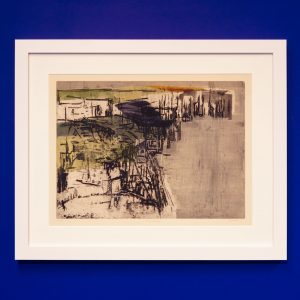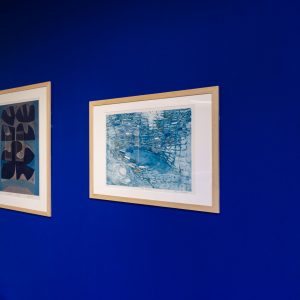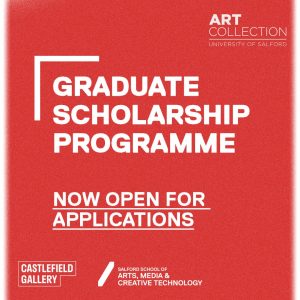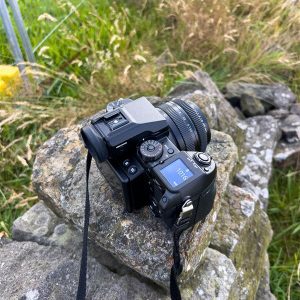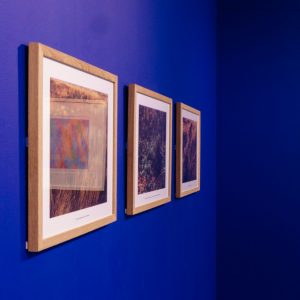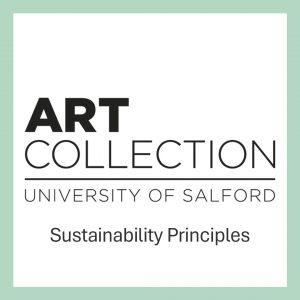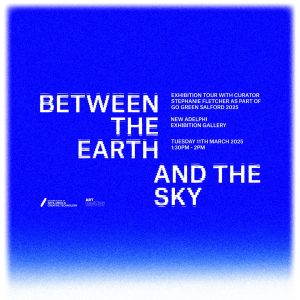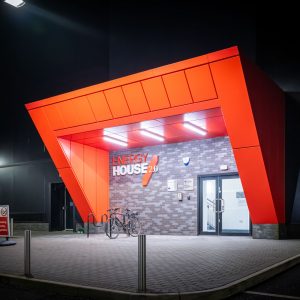
Art & Science: In Conversation on 15th May 2025
Artists in residence Mishka Henner and Emily Speed join Energy House Technical Director Richard Fitton, in a conversation bringing together art, science and technology. Chaired by University Art Collection Director Lindsay Taylor. Limited tickets!

